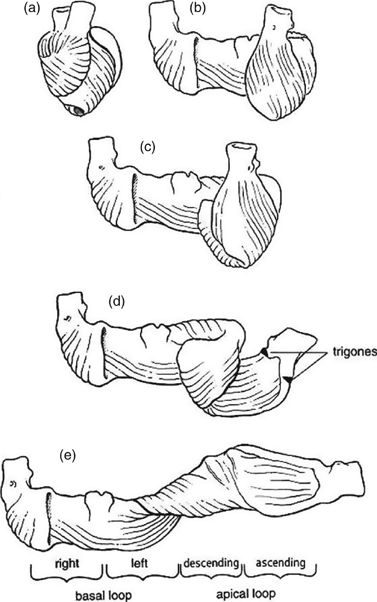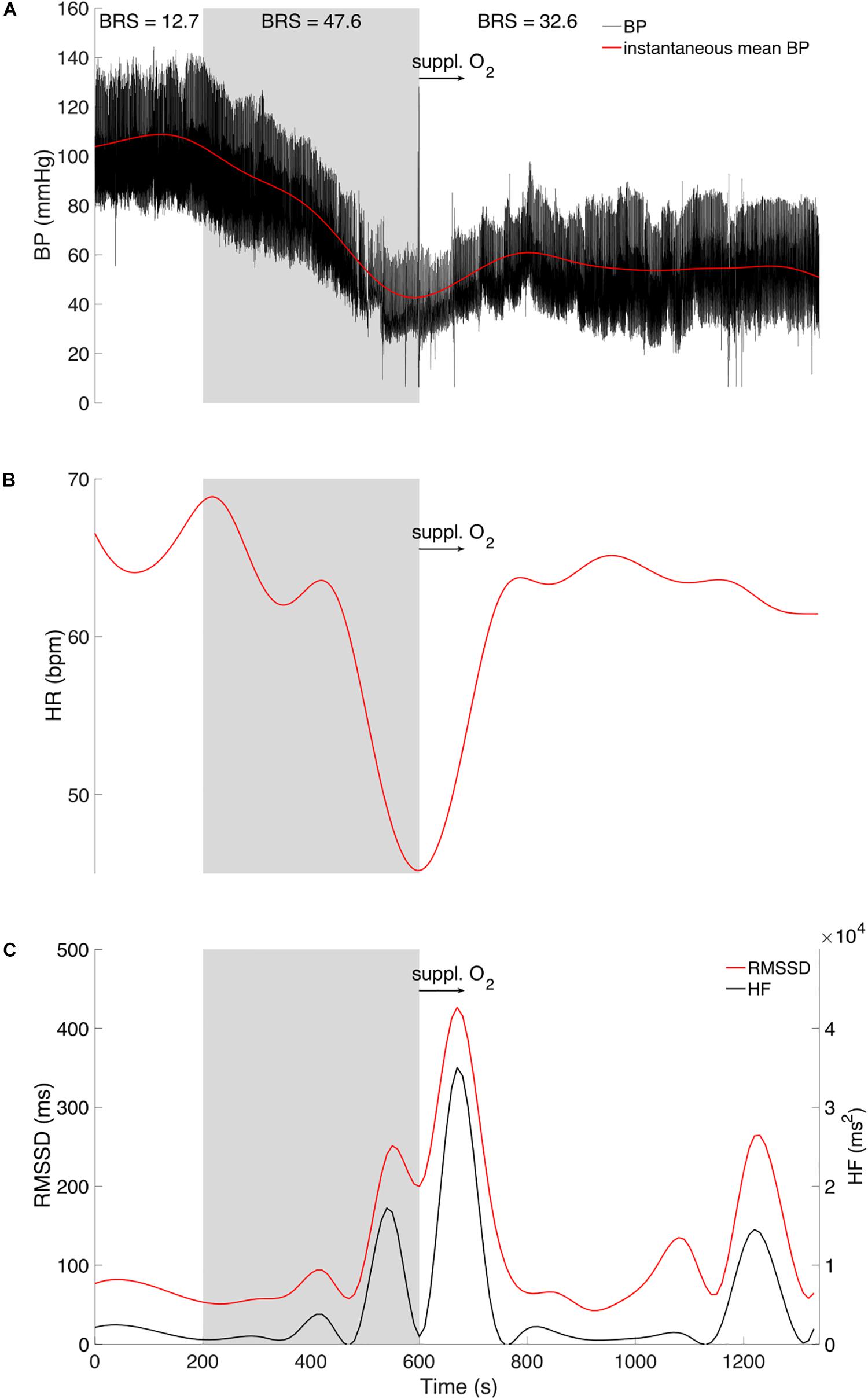Arterial BR appears to be an important mechanism of long-term regulation of BP, and is believed to be involved in the prevention of BP rise in the rat model of Introduction: The present study tested the hypothesis that long-term effects of baroreceptor activation might contribute to the prevention of...Location: Arterial baroreceptors ("high pressure baroreceptors") are located at the junction of What if baroreceptors, except aortic? From a purely mechanical point of view, these sensors are The threshold pressure for the aortic arch baroreceptor reflex was about 110 mm Hg compared with...The sensors are located in the carotid sinus and in the aortic arch. What is the wavelength of electromagnetic radiation having a frequency of 5.00 x 10 to the power of 12?The arterial baroreceptors are located in the carotid sinus and in the aoritc arch. Decreases baroreceptor activity, leading to a reflex increase in renal sympathetic nerve activity (SNA) Sensors for the volume receptor-mediated reflex are cardiopulmonary baroreceptors that reside largely in the...Baroreceptors (or archaically, pressoreceptors or baroceptors ) are sensors located in the blood This sensory information is used primarily in autonomic reflexes that in turn influence the heart Recent questions on Baroreceptor. What is the treatment for glomus vagale tumour and its side...
Function of baroreceptors and clinical... | Deranged Physiology
Arterial baroreceptors are located in the aortic arch and carotid sinuses, and are formed by small nerve endings present in the adventitia of these vessels A conclusion that can be drawn from such observations is that arterial baroreceptor reflexes are not critical for the maintenance of a normal...Since the baroreceptor reflex may require a few seconds before it is fully effective, many people feel dizzy jj and disoriented if they stand up too quickly. Where are the sensors for the arterial baroreceptor reflex located?The arterial baroreceptor reflex is the single most important mechanism providing short-term regulation of arterial pressure. Recall that the usual components of a reflex pathway include sensory receptors, afferent pathways, integrating centers in the central nervous system, efferent pathways...Arterial baroreceptor sensory endings are simple, sprayed nerve endings that lie in the tunica adventitia of the artery. In people with essential hypertension the baroreceptors and their reflexes change and function to maintain the elevated blood pressure as if normal.
Where are the sensors for the arterial baroreceptor reflex located?
Where are sensory stretch receptors of the withdrawal reflex located? When the baroreceptors detect the loss of pressure, they try to return pressure to a homeostatic level. In order to do this, they constrict the blood vessels, which raises the pressure by having the same amount of blood within a...Where are the baroreceptors located in the body? The carotid bodies are located on the external carotid arteries near their bifurcation with the internal carotids. If respiratory activity increases in response to the chemoreceptor reflex, then increased sympathetic activity stimulates both the heart...The most important arterial baroreceptors are located in the carotid sinus (at the bifurcation of external and internal carotids) and in the aortic arch (Figure 1). These receptors respond to stretching of the arterial wall so that if arterial pressure suddenly rises, the walls of these vessels passively...Baroreceptors are mechanoreceptors located in the carotid sinus and in the aortic arch. Their function is to sense pressure changes by responding to change in The baroreflex is the fastest mechanism to regulate acute blood pressure changes via controlling heart rate, contractility, and peripheral resistance.Where are the sensors for the arterial baroreceptor reflex located? carotid sinus and aortic arch. If blood pressure is increased at the arterial baroreceptors, what would happen with the activity level of the parasympathetic nervous system (PNS) and sympathetic nervous system (SNS)?
When the baroreceptors hit upon the lack of force, they are attempting to return force to a homeostatic level. In order to try this, they constrict the blood vessels, which raises the pressure by way of having the same quantity of blood inside a smaller "container". The capillaries near the skin will support in this via proscribing glide, causing the pores and skin to be chilly and clammy. The baroreceptor reflex also raises the center rate, which also has the have an effect on of raising blood power.
Cardiovascular Responses To Peripheral Chemoreflex Activation And Comparison Of Different Methods To Evaluate Baroreflex Gain In Conscious Mice Using Telemetry. - Abstract - Europe PMC

Arterial Stiffening Provides Sufficient Explanation For Primary Hypertension
What Vein Is Formed From The Union Of The Anterior Tibial Vein And Posterior | Course Hero

Cerebral Blood Flow Regulation And Cognitive Function: A Role Of Arterial Baroreflex Function | The Journal Of Physiological Sciences | Full Text

The Carotid Sinus Nerve—Structure, Function, And Clinical Implications - Porzionato - 2019 - The Anatomical Record - Wiley Online Library

Autonomic Control Of Blood Pressure Flashcards | Quizlet

Neuronal Modeling Of The Baroreceptor Reflex With Applications In Process Modeling And Control - ScienceDirect

Bugs, Breathing And Blood Pressure: Microbiota–gut–brain Axis Signalling In Cardiorespiratory Control In Health And Disease - O'Connor - 2020 - The Journal Of Physiology - Wiley Online Library

Glomerular Filtration And Renal Blood Flow | SpringerLink

Arterial Baroreceptor Fibers In The Recurrent Laryngeal Nerve
What Vein Is Formed From The Union Of The Anterior Tibial Vein And Posterior | Course Hero

PDF) Aortic Arch Baroreceptor Stimulation In An Experimental Goat Model: A Novel Method To Lower Blood Pressure

Integration Of Central And Peripheral Regulation Of The Circulation During Exercise: Acute And Chronic Adaptations - Mueller - - Major Reference Works - Wiley Online Library

PDF) The Baroreceptor Reflex: A Biological Control System With Applications In Chemical Process Control | Babatunde Ogunnaike, James Schwaber, And Babatunde Ogunnaike - Academia.edu

TRPC5 Channels Participate In Pressure-sensing In Aortic Baroreceptors | Nature Communications

Anatomy And Physiology (Section 1) - Core Topics In Cardiac Anesthesia

Cellular And Molecular Mechanisms Underlying Arterial Baroreceptor Remodeling In Cardiovascular Diseases And Diabetes | SpringerLink

A Molecular Component Of The Arterial Baroreceptor Mechanotransducer - ScienceDirect

PDF) Quantification Of The Feedback Regulation By Digital Signal Analysis Methods: Application To Blood Pressure Control Efficacy

Frontiers | Cardiovascular And Cerebral Responses During A Vasovagal Reaction Without Syncope | Neuroscience

What Vein Is Formed From The Union Of The Anterior Tibial Vein And Posterior | Course Hero

0 comments:
Post a Comment